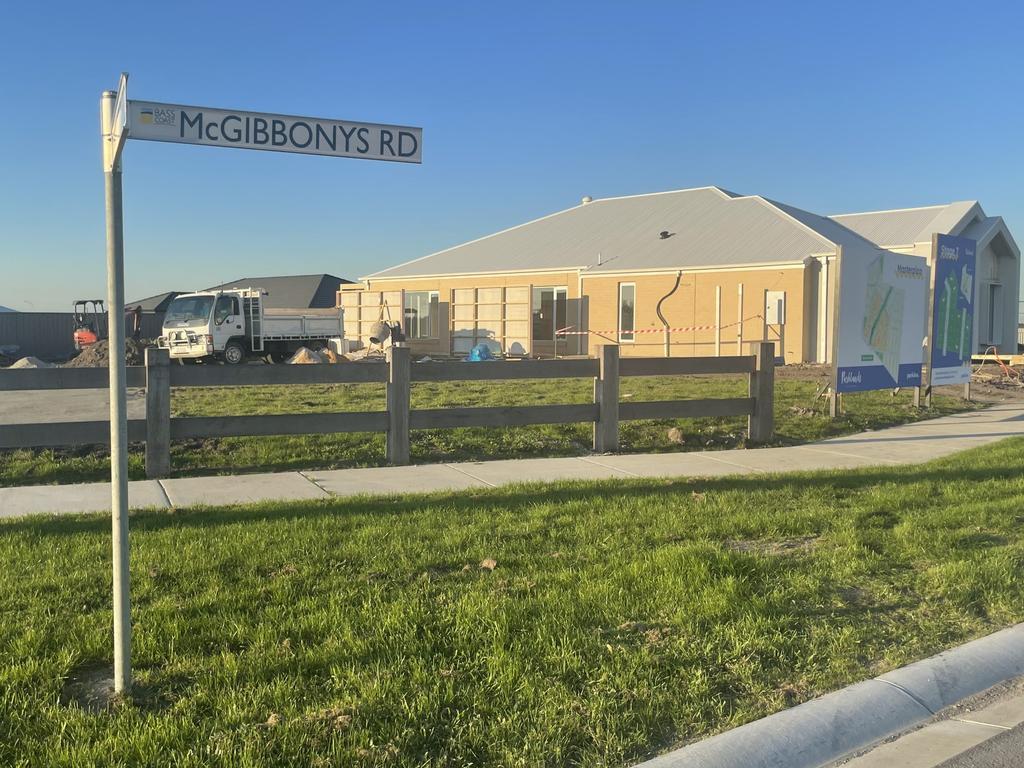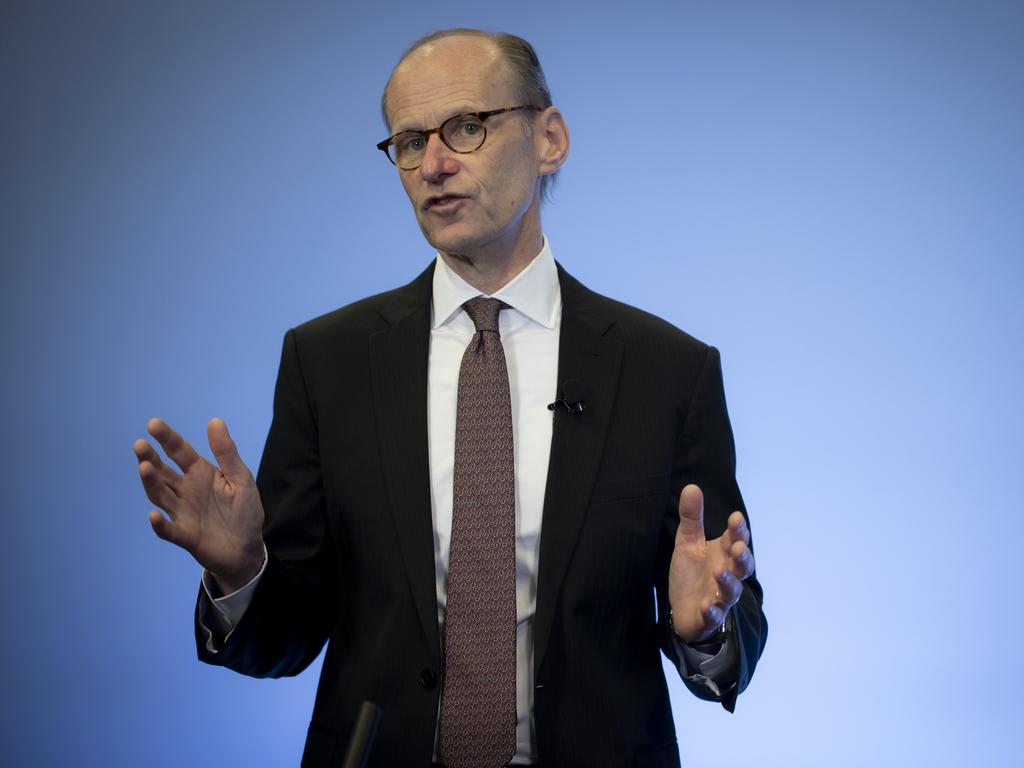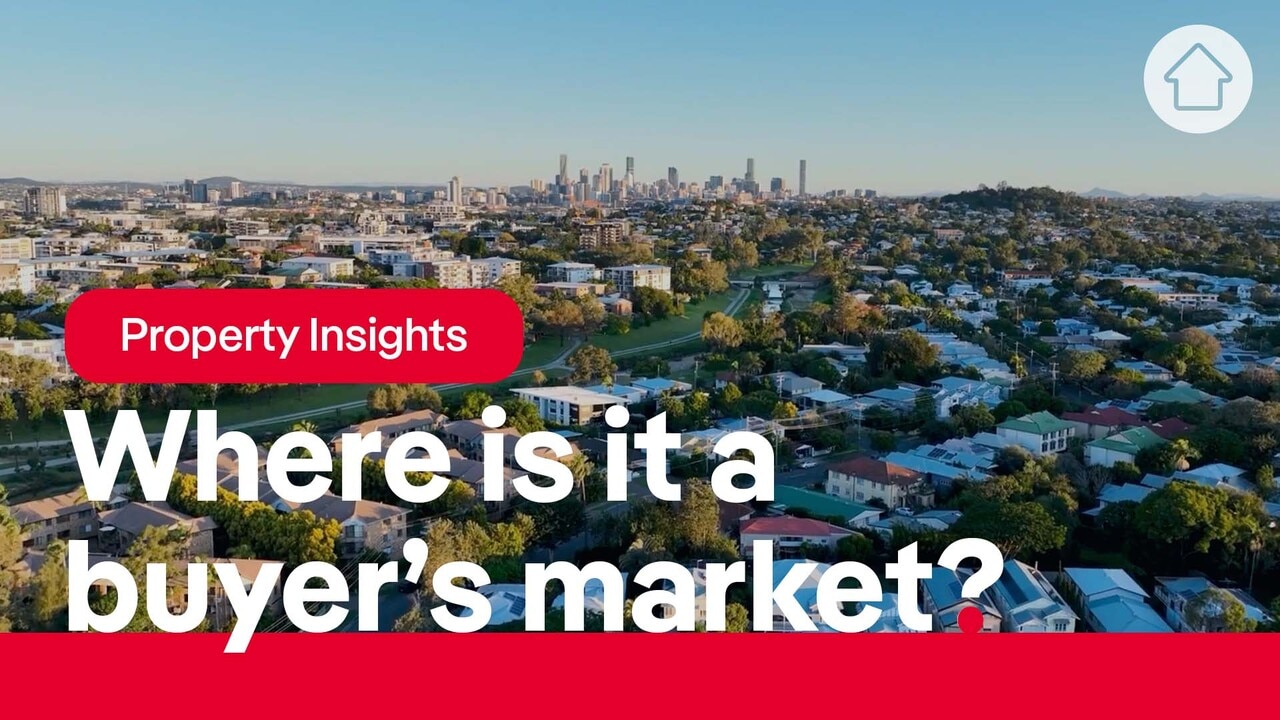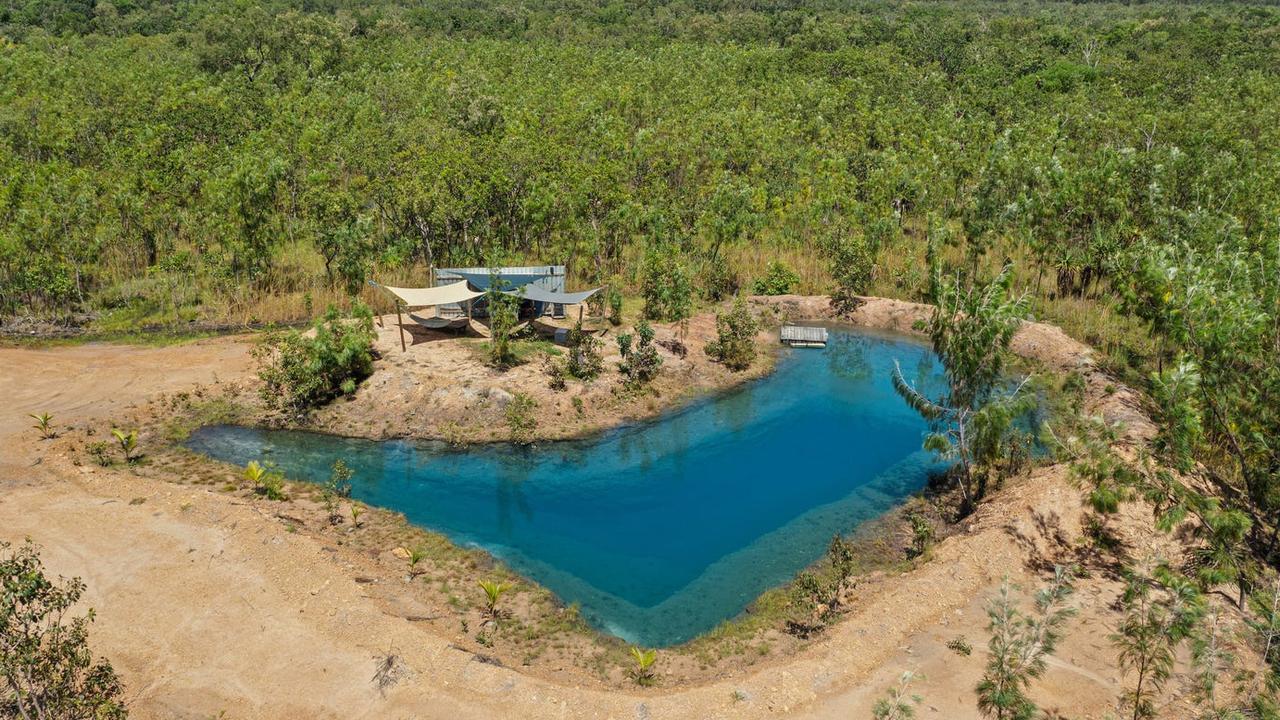End is nigh for stressed homeowners
Crunch time is coming for struggling homeowners over the next nine months, but one of the country’s leading economic figures believes most of us will be OK.

A growing number of mortgage holders are under serious cost pressure after more than two years of elevated home loan interest rates.
But the big banks suggest most borrowers should have enough savings well into the new year, when some economists think rates will begin their much-anticipated fall.
While there is more stress than a year ago, the numbers are still quite low, ANZ boss Shayne Elliott noted earlier this month, adding customers hit “peak stress” mid-year, and that this had since flatlined.
The number of ANZ borrowers who are 90 days behind in their mortgage repayments sits at a three-year-high, but there are not as many borrowers in hardship as before Covid. The number sits at 0.84 per cent of borrowers – lower than the historical average of 1 per cent.

Elliott expects his stressed borrowers will be able to manage for another six to nine months. Of course, the prospect of the RBA cutting the cash rate from its current 4.35 per cent has been much forecast during 2024 but appears unlikely at its upcoming December meeting – and some suggest there might be no change throughout next year.
“The smart money is on the fact that the next movement will be a cut here in Australia, and I think that’s eminently sensible,” Elliott said.
“The real debate is when, and that’s moving around all over the place, and there’s a lot of factors at play.
“We’re really conscious of the fact some customers are doing it hard whether there’s rate cuts or not. Thankfully, it’s relatively modest in number.

“And the good news is the banks – not just ANZ – but in general the system is working and helping people work through tough times, if that’s what they’re experiencing.”
The NAB revealed 1.08 per cent of its home lending was 90 days in arrears, up from 0.76 per cent this time last year.
The NAB update noted the deterioration was broadbased but more marked in Victoria and to a lesser extent in NSW.
The bank added “unemployment and house prices remained key to the outlook” but higher house prices had reduced the negative equity among its borrowers to just 0.08 per cent.
Westpac reported 1.14 per cent of its loan book was in hardship, with 57 per cent of these on temporary repayment pauses, 32 per cent on reduced repayments and 10 per cent capitalising their arrears.

The banks do not seem in any rush to kick out borrowers from their homes through officially recognised mortgagee-in-possession offerings.
There are just five abodes listed as mortgagee listings on realestate.com.au across NSW, three in Victoria and SA, and two in WA.
The KPMG accounting firm recently noted the anticipated mortgage cliff – feared after home loan interest rates rose from their pandemic emergency lows – “appears to have passed without a significant decline in credit quality, which may partly be attributable to increasing growth in asset prices in many areas”.
Originally published as End is nigh for stressed homeowners




